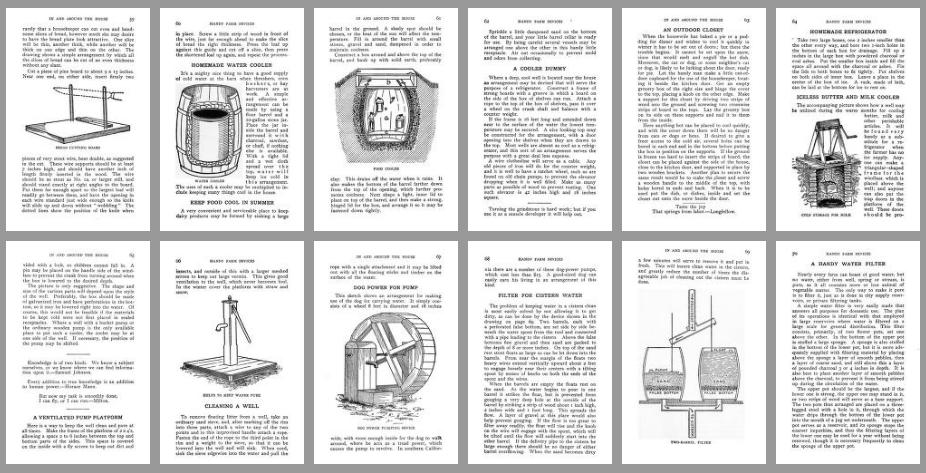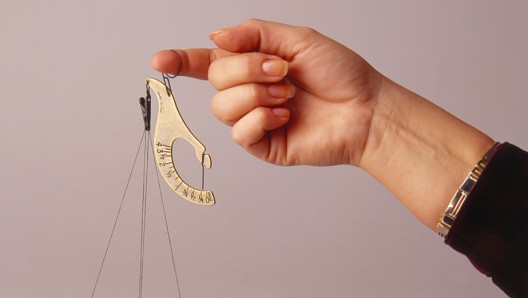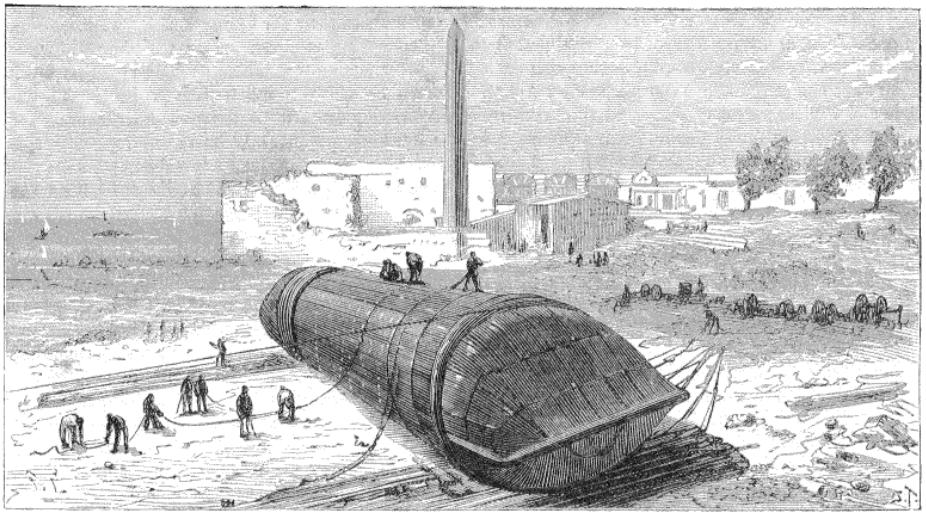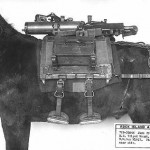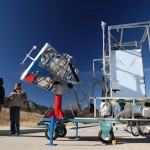 Mathew Lippincott sends in this link to a 1991 book on micro-livestock, including currently domesticated and potential future domestication candidates among large mammals, rodents, insects, birds, and lizards: “Micro-livestock: little known small animals with a promising economic future“.
Mathew Lippincott sends in this link to a 1991 book on micro-livestock, including currently domesticated and potential future domestication candidates among large mammals, rodents, insects, birds, and lizards: “Micro-livestock: little known small animals with a promising economic future“.
Micro-Livestock: Little Known Small Animals with a Promising Economic Future
Handy Farm Devices & How to Make Them (1912 Book)
“Handy farm devices and how to make them“, Rolfe Cobleigh, 1912.
Oil Dependency & Alternative Fuels in 1909
“The fuel chiefly employed for motors (to the abundant supply of which the rapid rise of the automobile industry may be said to be largely due) is petrol. The motor industry, which is fast becoming one of the world’s greatest industries, is thus dependent upon the supply of a fuel which to all appearance must, according to the present trend of progress, fail in the near future to be equal to the demand. The Motor Union of Great Britain and Ireland became somewhat alarmed at the serious rise in the price of petrol, and in September 1906 it was suggested that a special Committee should be appointed to fully discuss this important subject.”
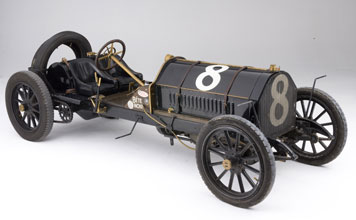 “In July 1907 the official report of the Committee was issued, and through the courtesy of the secretary of the Motor Union the following extracts are taken: The Committee have carefully considered the various substitutes for petrol which have been brought before them, and have unanimously arrived at the conclusion that the main efforts of the Motor Union should be in the direction of encouraging in every way the use and development of a substance, such as alcohol, produced from vegetation.”
“In July 1907 the official report of the Committee was issued, and through the courtesy of the secretary of the Motor Union the following extracts are taken: The Committee have carefully considered the various substitutes for petrol which have been brought before them, and have unanimously arrived at the conclusion that the main efforts of the Motor Union should be in the direction of encouraging in every way the use and development of a substance, such as alcohol, produced from vegetation.”
“Alcohol offers a complete and satisfactory substitute for petrol so far as its properties are concerned, and hence probably the most important recommendation of the Committee is that connected with the production on a large scale of alcohol for the purposes of a fuel. It may be noted that the argument added to all others, but which to many in this country would probably appear the most important of all, is the fact that it would form a home industry, especially if produced from some substance, such as peat, potatoes, or beet, which would place the country in an independent position with regard to foreign supplies, a consideration which, it should be noted, is leading the Governments of France and Germany, particularly the latter, to give every encouragement to the use of alcohol as a fuel.”
Quoted from “Commercial peat: its uses and possibilities“, Frederick T. Gissing, 1909. Picture: the 1909 Alco Six Race Car.
Portable Low-tech Scale Accurately Weighs Small Items
“Designed primarily for weighing letters in order to determine postage, this non-digital, non-electronic, and barely even mechanical little gizmo is nonetheless accurate enough that its use has been approved by the US Postal Service. Besides its role as a letter-weigher, the ‘Personal Post Office Scale’ has reportedly also found use in fields such as home brewing, field biology, cooking, and police work.” Read more / Order. Thanks, Rasmus.
Irish Hedgerows
“If there is one thing that distinguishes the place I grew up from the place I live now, it would be not the yards and fields themselves, but the boundaries. If you grew up in the USA as I did, you were likely surrounded by chain-link fences — waist-high around our back yards and two or three times higher around our institutions, giving every kindergarten and churchyard a distinctive penal look.
Of course the steel chains were not edible, nor did they grow thicker and stronger over time. The fences did not spread shade over your land in the summer sun, nor thin out in winter to let in precious light. The chain mail did not make the soil more fertile, nor protect it from being washed away by the rain. The wires did not offer a home to wildlife, and their manufacture burned more carbon into the atmosphere rather than removing it. Here in Ireland, surrounded by hedgerows that stretch to the horizon on all sides, we see how unnecessary it all was.” Read more: Laying hedgerows.
How to Ship an Obelisk
In the 19th century Egyptian rulers gifted several large 1500BC obelisks to Paris, London and New York, all of which are still standing today. We already know how these things were erected, but how did they get there? The images above and below (from a 1878 article in the French magazine “La Nature”) show the vessel used for the transportation of the fragile 250 tonne heavy granite stone which is now in London.
A special vessel (the “Cleopatra”), was constructed around the obelisk, rolled into the sea, and then towed across the Mediterranean and the Atlantic to England. It sank on the way, but miraculously drifted to shore and was saved. The barge consisted of a steel cylinder enveloped in wood. The Americans, the French, and (much earlier) the Romans used different methods.
